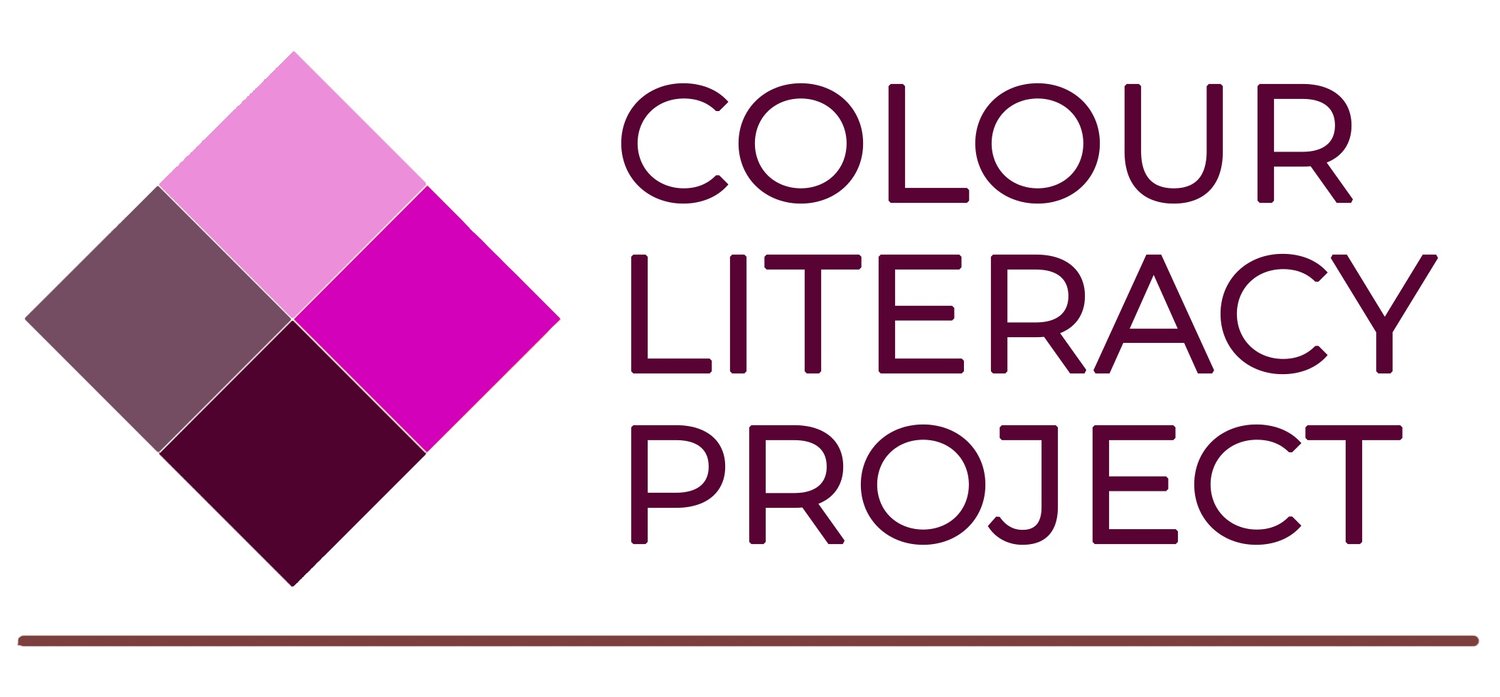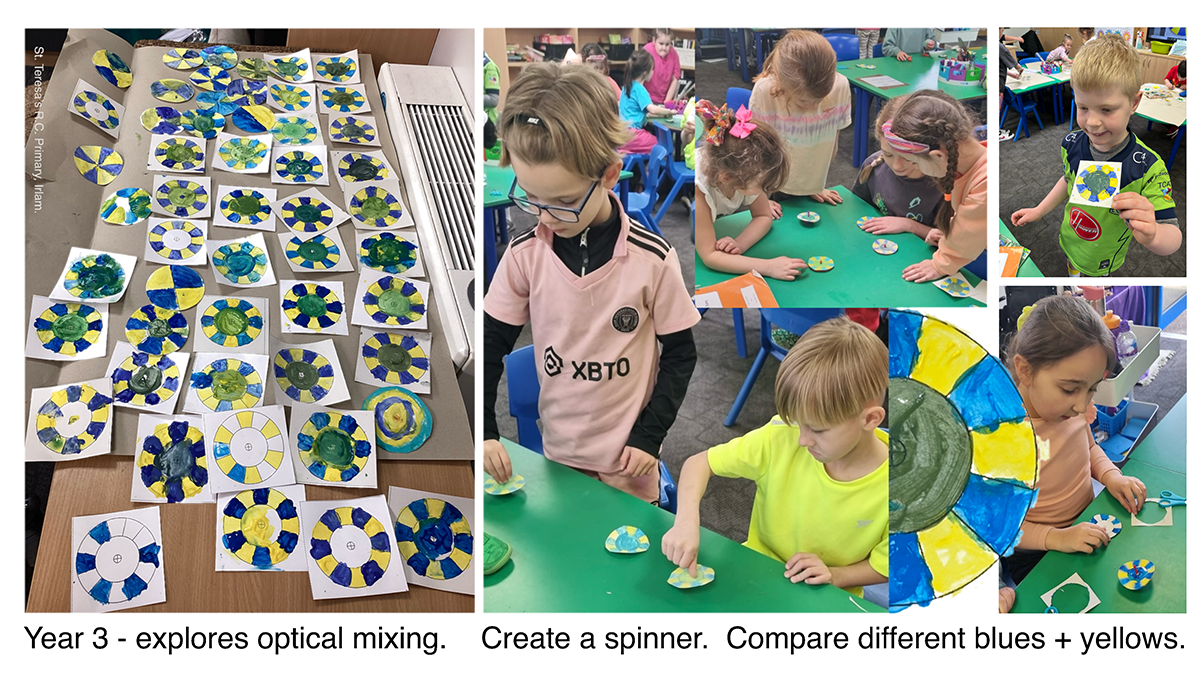International Colour Day Celebration
March 19, 2024
St. Teresa’s RCP School, Irlam
Manchester, UK
Following the success of ICD 2022 and ICD2023, the teachers at St. Teresa’s embraced International Colour Day once again, with a school-wide celebration of colour. The children were encouraged to dress colourfully. Each Year Group engaged with colour in a different way, spanning the curriculum from science to geography to art. Another creative and joyful day!
Nursery
Micro & macro circles with pale & vivid colour exploration. Organising coloured objects into families. Personal selection – arranging colours + shapes. Colour mixing experiments with droppers & textured surfaces. Light box & transparent colour layering. All activities designed to simulate discussion & vocabulary use.
Working individually, in pairs & groups.
Reception
Sorting coloured objects into Hue Families. Exploring the effects of mixing with coloured tissue layers & a water spray. Creating floating colour combinations, by grating crayons on to water. Picking up the results on paper. Experimenting with dark & muted transparent colour, via liquified Brusho, pipe cleaners & coffee filters.
Introducing the concept that dark and muted colours belong to Hue Families too. Inspired by Kandinsky, children choose their own dark and muted combinations for their personal circle painting. Practice using associated vocabulary when discussing their choices.
Individual, pairs, group, whole class colour opportunities.
Year 2 - ‘Is grass always green?’
The children began outside by examining grass in their immediate surroundings and then gathered their findings on a cello tape bangle. Once back in the classroom children compared their samples to swatches from their CLP Hue Family Flowers. Much discussion ensued not only as to which Hue Families the samples belonged but also whether they were pale, muted, vivid or dark.
They then experimented with watercolour & coloured pencils in their sketchbooks to see if they could colour match their colour discoveries.
Their conclusion was that ‘No, grass isn’t always just green!’
Working individually and in pairs.
Year 3 - Optical Mixing
Class was introduced to the concept of optical colour mixing. Children were asked to create their own card spinners & predict what the optical mixed colour might be. They had access to a limited colour palette of blues & yellows, but in a range of media. Including opaque poster paint, tempera blocks, chalk pastels.
Children also went on to try their own colour proportion ideas. Consensus was, the opaque colours were the most effective and that their physical predictions often didn’t match the results of spinning the disk. Speed of the spin changed results too.













